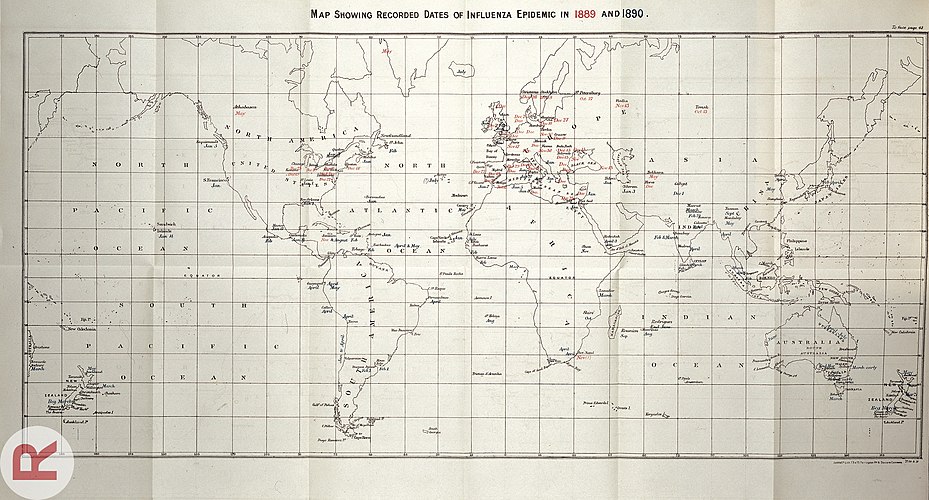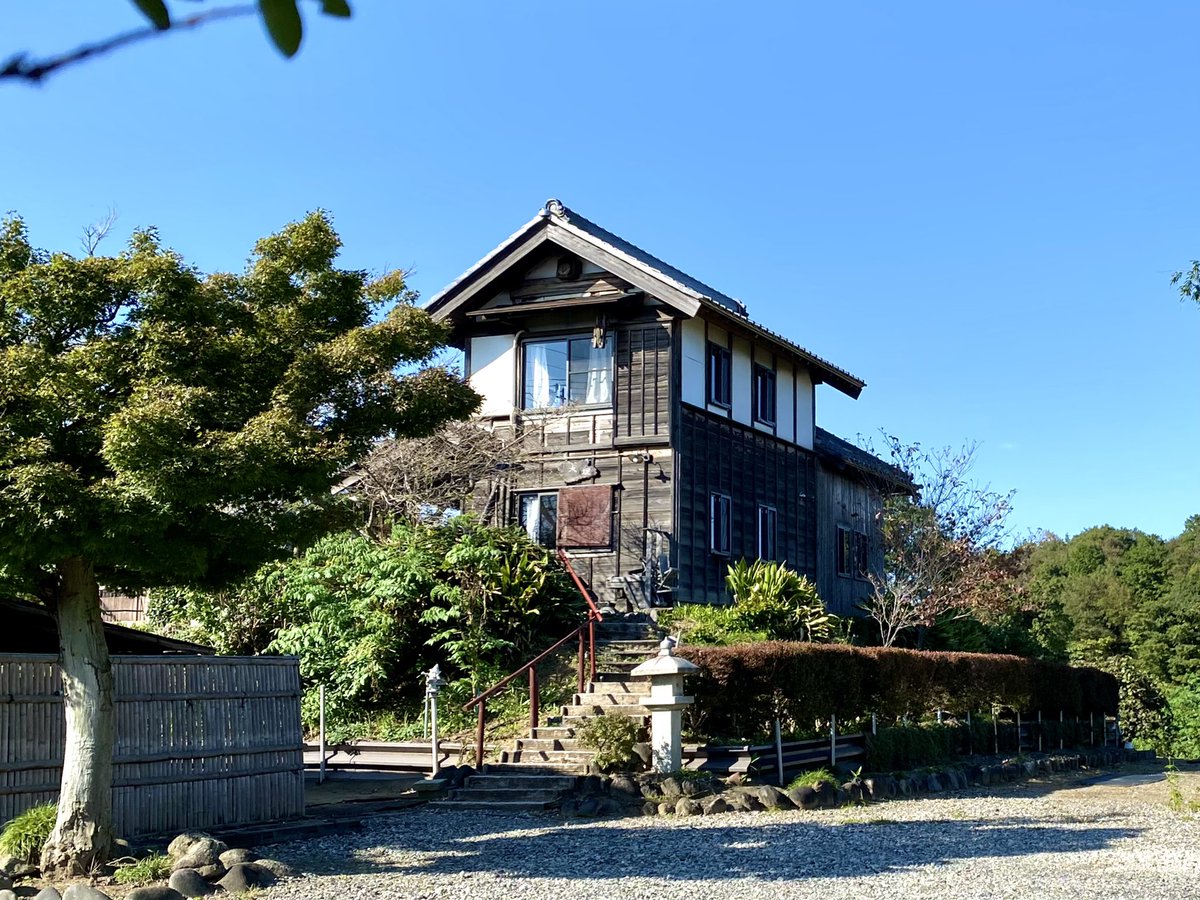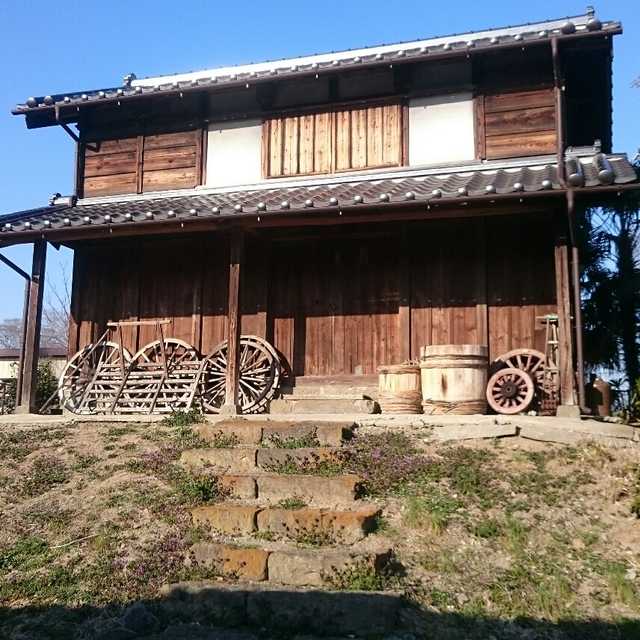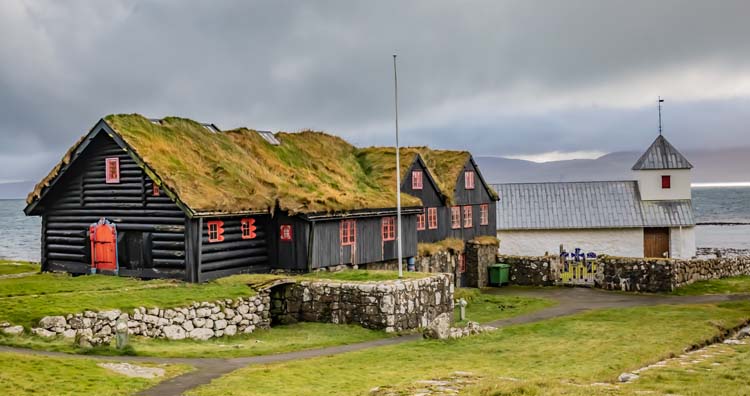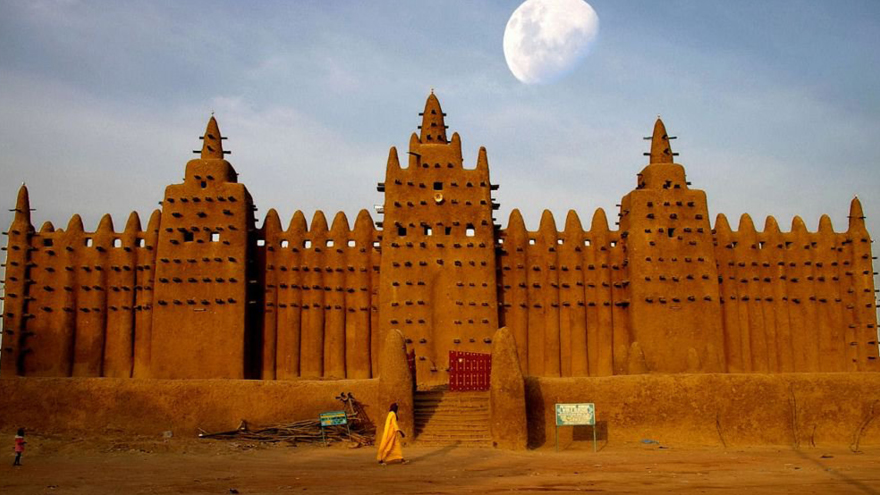
Without the clever, handmade bamboo fences, called “magaki”, life in the cliffside fishing villages of the Noto peninsula on the north coast of Japan would be practically impossible. Up to five meter tall, they effectively protect the villages from fierce northern wind and brine. 



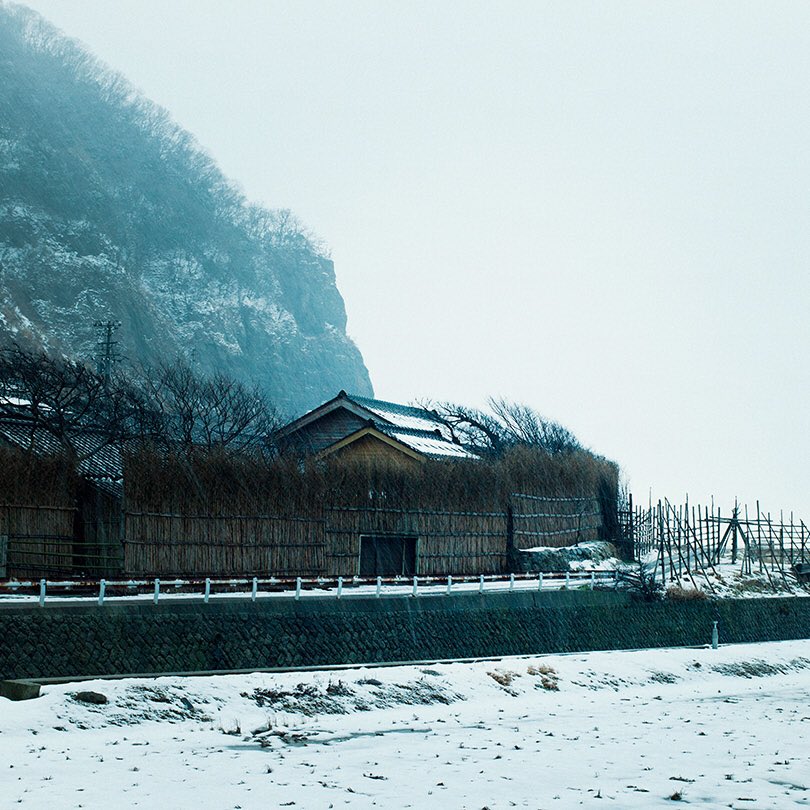
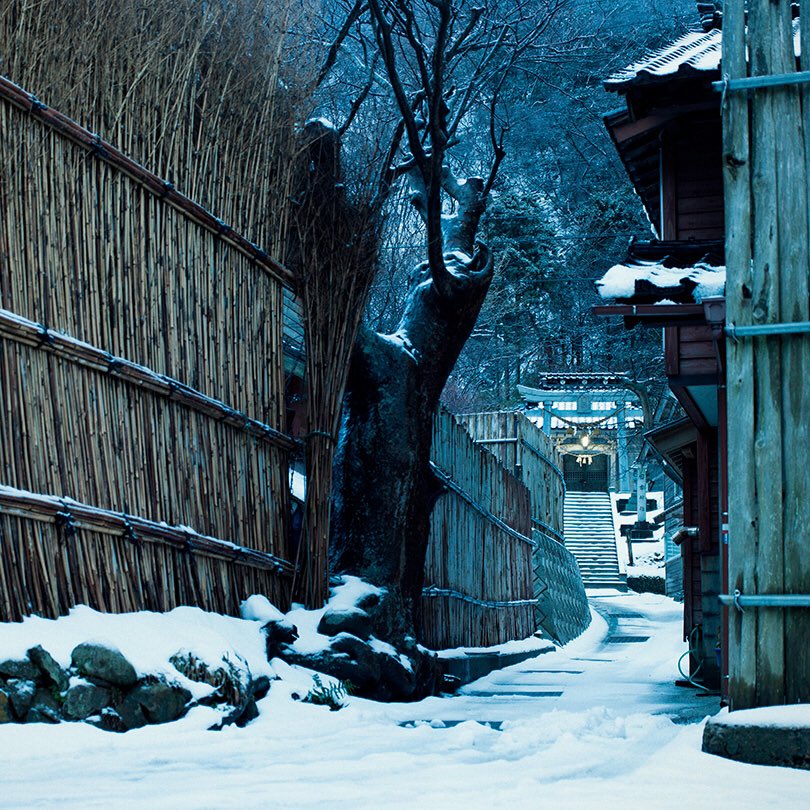


Every November locals repair and rebuild the bamboo fences where necessary, using materials that grow naturally a few hundred meters away. In a market economy this would be impossibly expensive, but with volunteers it is cheap, fun and easy. 



Although not strictly necessary in spring and summer, most people leave the magaki up as it helps to protect against the harsh Western sunlight. These all year fences are called mannengaki. I also imagine it helps in attracting tourism. 

There are lessons for everyone here:
1. Build with nature, not against it.
2. Find local solutions first.
3. Use local resources and local labor.
4. Stick to a technology that you can confidently hand down to each coming generation.
5. Make it beautiful, whatever you make.

1. Build with nature, not against it.
2. Find local solutions first.
3. Use local resources and local labor.
4. Stick to a technology that you can confidently hand down to each coming generation.
5. Make it beautiful, whatever you make.


• • •
Missing some Tweet in this thread? You can try to
force a refresh

